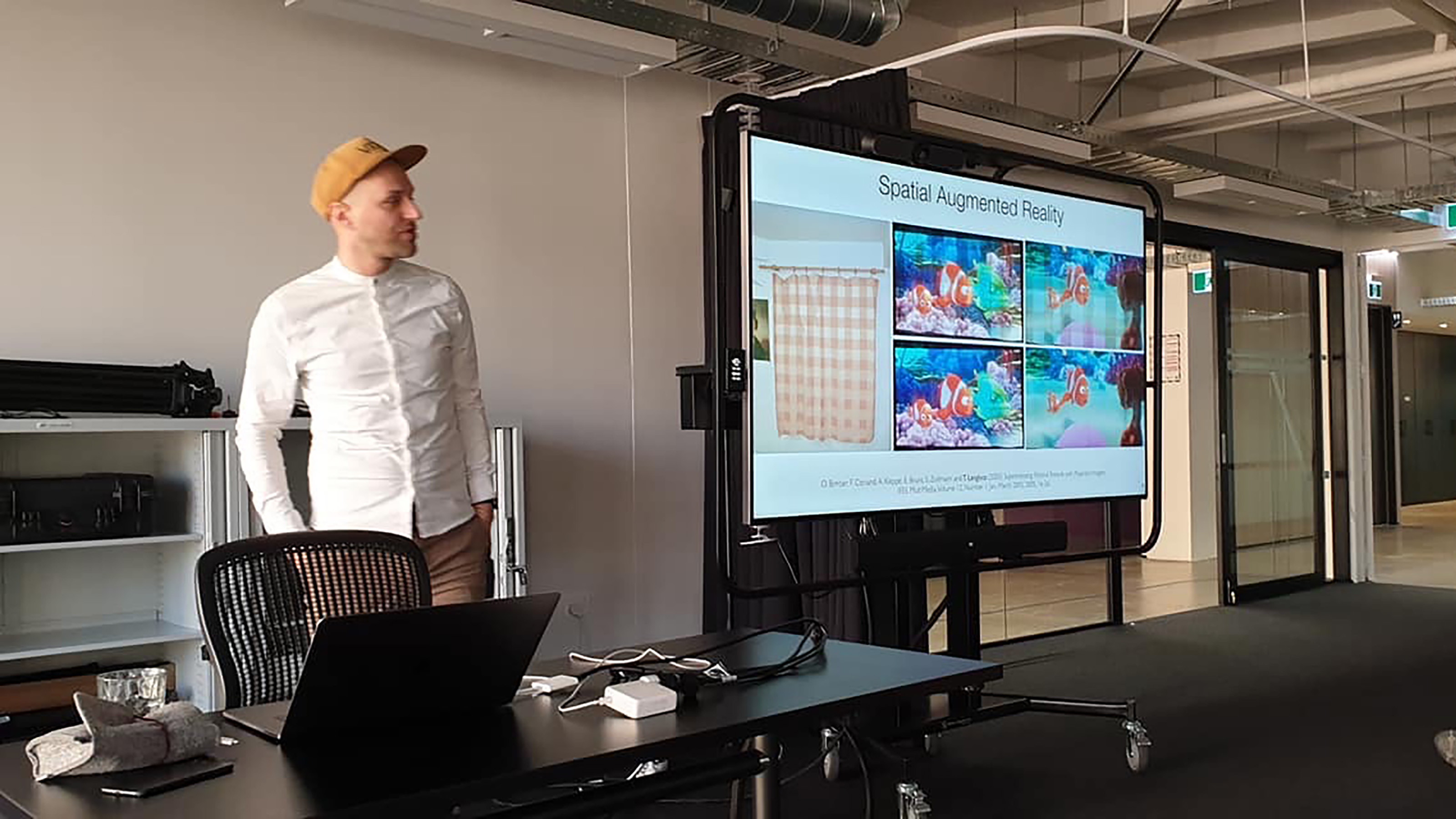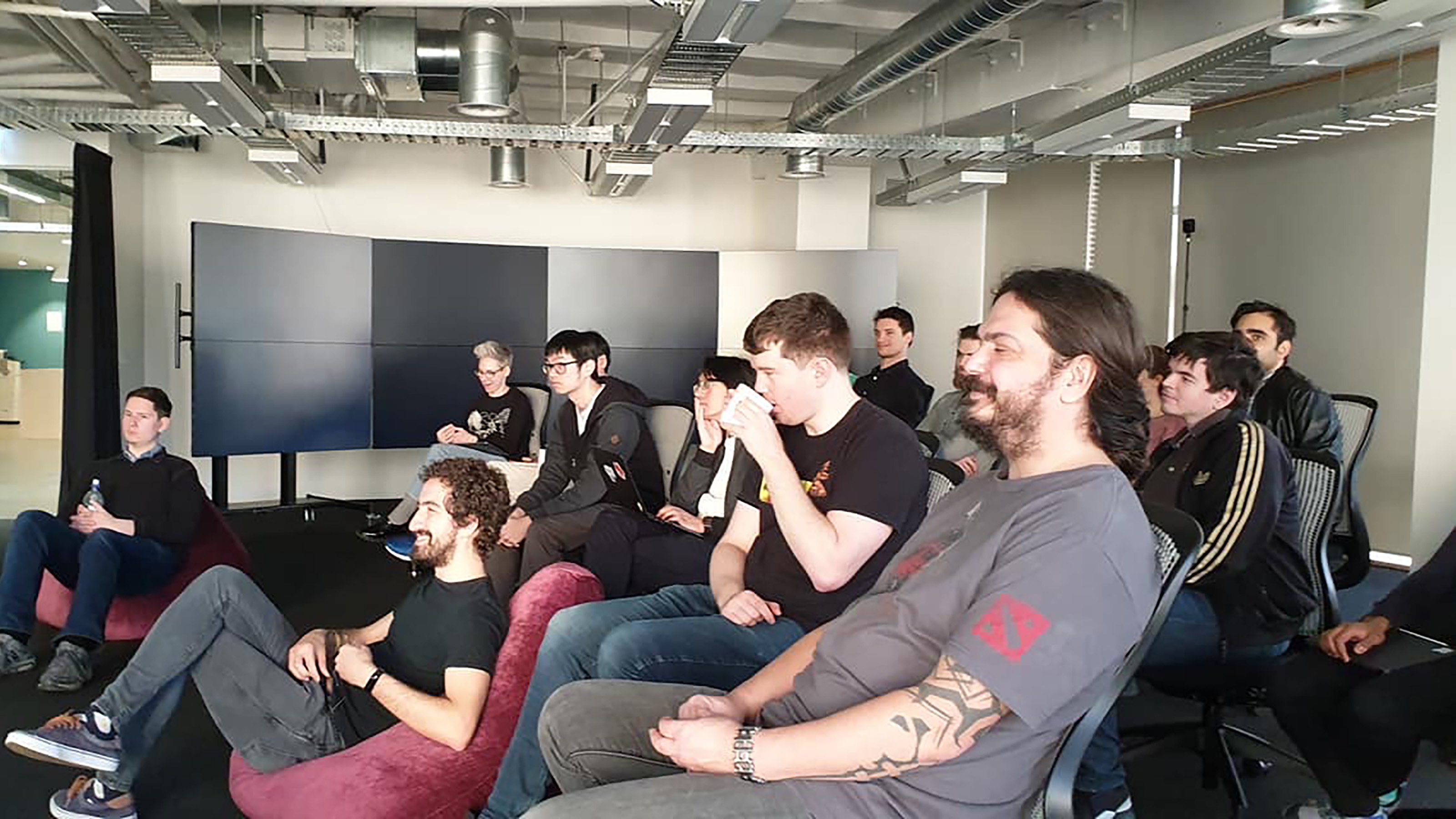CMIC Talk 8 - Augmented Realities: From Augmented Paintings to Augmented Perceptions
Associate Professor Tobias Langlotz of the University of Otago presents his journey in the field of Augmented Reality and current and future research in the field of continuous augmentations and augmented perceptions.
11:00 -12:00, 30 August, CMIC, NEC House


Abstract: Research in Augmented Reality (AR) has seen major changes in recent years. Previously, researchers mainly focused on fundamental issues for implementing Augmented Reality interfaces, for example, precise tracking with six degrees of freedom or online scene reconstruction. However, many of these fundamental issues are now solved to the extent that non-AR experts can build AR applications with the help of commercially available software and hardware. As a consequence, AR researchers are increasingly looking into questions beyond the technical challenges of enabling AR interfaces. In my talk, I would like to present my journey in the field of Augmented Reality that is characterized by this transition. It includes past research projects in Spatial Augmented Reality and Mobile Augmented Reality that found their application in commercial applications. However, the majority of my talk I want to use to talk about current and future research in the field of continuous augmentations and augmented perceptions.
Bio: Dr. Tobias Langlotz is an Associate Professor at the University of Otago. Tobias was previously a senior researcher at the Institute for Computer Graphics and Vision (Graz University of Technology, Austria) where he also obtained his PhD. Tobias's main research interests are in human-computer interaction and wearable and ubiquitous computing, often revolving around the use of augmented reality and other techniques from visual computing. At the moment, Tobias is mostly interested in computational glasses and vision augmentations and their potential for compensating vision impairments or enhancing human perception. He is also working on nomadic, mobile telepresence solutions allowing people to share their environment with remote users relying only on mobile and wearable devices. He also researches new interface techniques for continuous augmentations, such as when wearing computational eyewear. Prior to his current research work, he worked in the field of mobile and handheld augmented reality, spatial augmented reality and holographic displays. His research methodology is both bottom-up (building and evaluating technology and interfaces) and top-down (application-driven). His research is supported by a Marsden grant, a National Science Challenge SfTI seed grant, a Catalyst seed grant, and he is a co-investigator on an MBIE Smart Ideas grant. Tobias won an "Early Career Award for Distinction in Research" from the University of Otago in 2017 and was a finalist for the Supervisor of the Year award in 2016.
